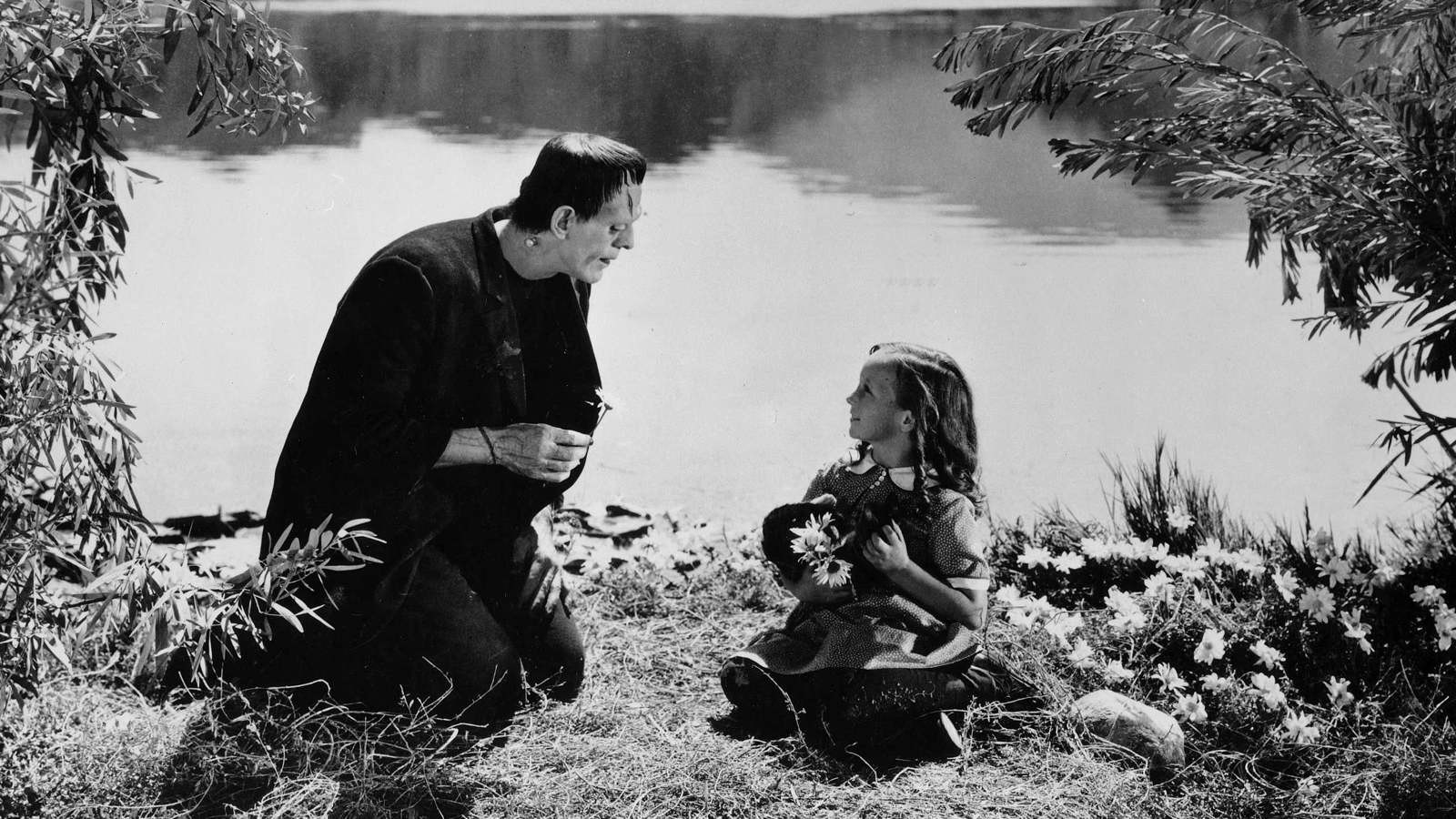The novel Frankenstein is one of the most iconic horror stories of all time. When created, it was one of the first stories in the genre of horror. It gained popularity rapidly as it was something new and obscure. A genius scientist named Victor Frankenstein has an obsession to create a life from inanimate objects. He successfully creates a being using different scientific methods. However, he is taken aback upon seeing the monstrous look of his creation. Victor is filled with horror and abandons the creature, leaving it to fend for itself. The creature, who is left nameless in the novel, embarks on a journey of self-discovery. He is rejected by society, and mistreated by humans because of his abnormal looks. The creature educates himself, learns to read and speak, and longs for companionship and understanding. He goes on another journey to find his creator to get him to create a female companion for him. Victor agrees to create a mate for the creature but ultimately destroys the unfinished female companion, fearing the consequences of creating a race of powerful beings that could potentially harm humans.
There are many examples of the critical race theory in this classic novel as it shows many examples in the readings. The critical race theory is all the ways (both subtle and obvious) that people get marginalized, stereotyped, and discriminated against based on race. The critical race theory is typically seen in examples of ethnic backgrounds, however it can be applied in this case as humans treated Frankenstein’s creation differently because he wasn’t part of the human race. From being rejected by people, to being physically attacked, Victor’s creation has been treated horribly in many ways because of his appearance.
From the very beginning of the creations life, he has been treated very poorly by humans as a whole. The creature’s first encounter with discrimination is from his own creator, Victor Frankenstein, who immediately looks in horror at his appearance and abandon and rejects him, leaving the creature to fend for himself. After being abandoned, the creature goes to a village near the laboratory where he was created, and is further discriminated against by the people there. He is met with fear, hatred, and violence from the villagers who perceive him as a threat due to his appearance. It even goes to the point where he is verbally and physically attacked by some humans. People say insults and derogatory terms to him and assault him. All this leads to him isolating himself in the wilderness because living and interacting amongst humans is extremely dangerous for him. By reading and watching the story through the lens of the critical race theory, we can see how society is depicted and how there is some truth to it in the real world. From when it first came out in 1818 to present day, no matter how society has changed throughout the years, discrimination is still a thing.
The genre of horror has been around and popular for over a century for many reasons. A big reason is that people enjoy the thrilling sensation they get when watching horror movies. The genre adapts to cater the new fears of people to make it relevant to each generation. Some examples include, clowns, dolls, masked serial killers, and much more. Horror movies provide a unique style of entertainment that allows people to experience the darker aspects of life.

I loved the examples that you gave that created a connection between Frankenstein and the critical race theory and how it creates a connection and highlights the enduring societal discrimination that is being present. My question is, how can the narrative of the film resonate with the modern day issues?
I’ve never watched the movie but you described it in a really interesting way that intrigued my interest. I think there’s a key underlying message that is shown when you mention the character that had to fend for itself in society because of his abnormal looks and not being accepted by everyone around him
I’ve never watched the original film before, but I have seen remakes of the original film and it seems like Frankenstein has always been misunderstood. people are automatically scared of Frankenstein because he is huge monster that looks like he eats people. but in reality he is just gentle monster who wants to make friends.
The connection between Frankenstein and the critical race theory was great. It shows that the horrors of society are not inherent in the individual but from the discrimination in society.
I liked the summary you included of the movie because I havent watched it and the way you made connections between Frankenstein and the critical race theory.
I liked the connection between Frankenstein and critical race theory. You made it very clear through examples how Frankenstein was marginalized and discriminated just based on his appearance.